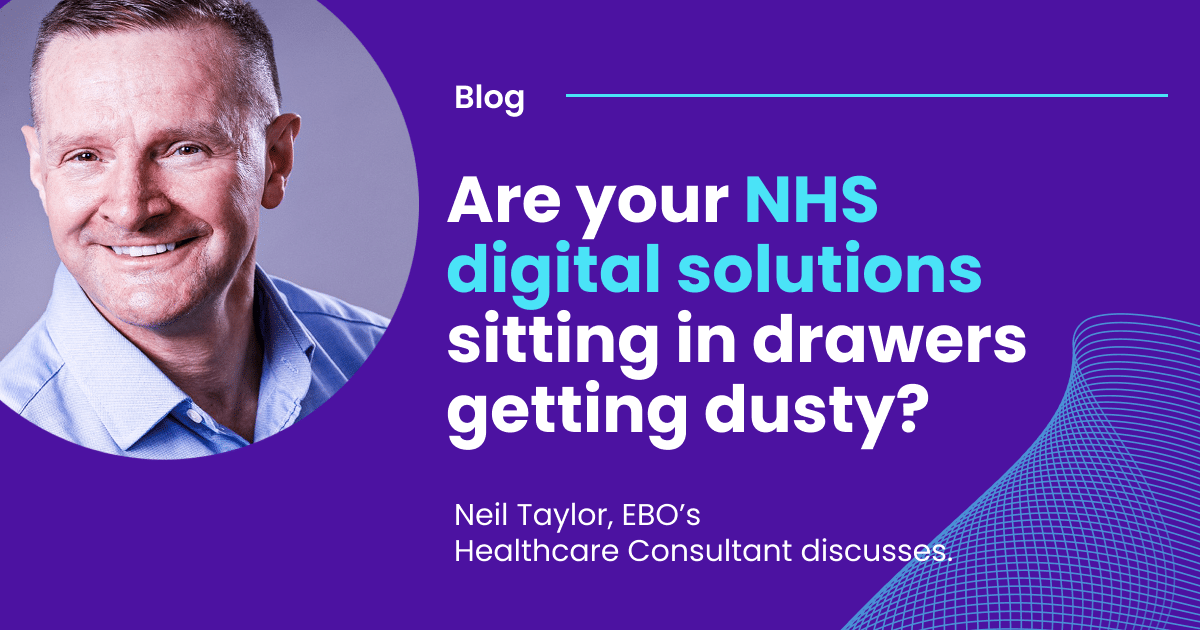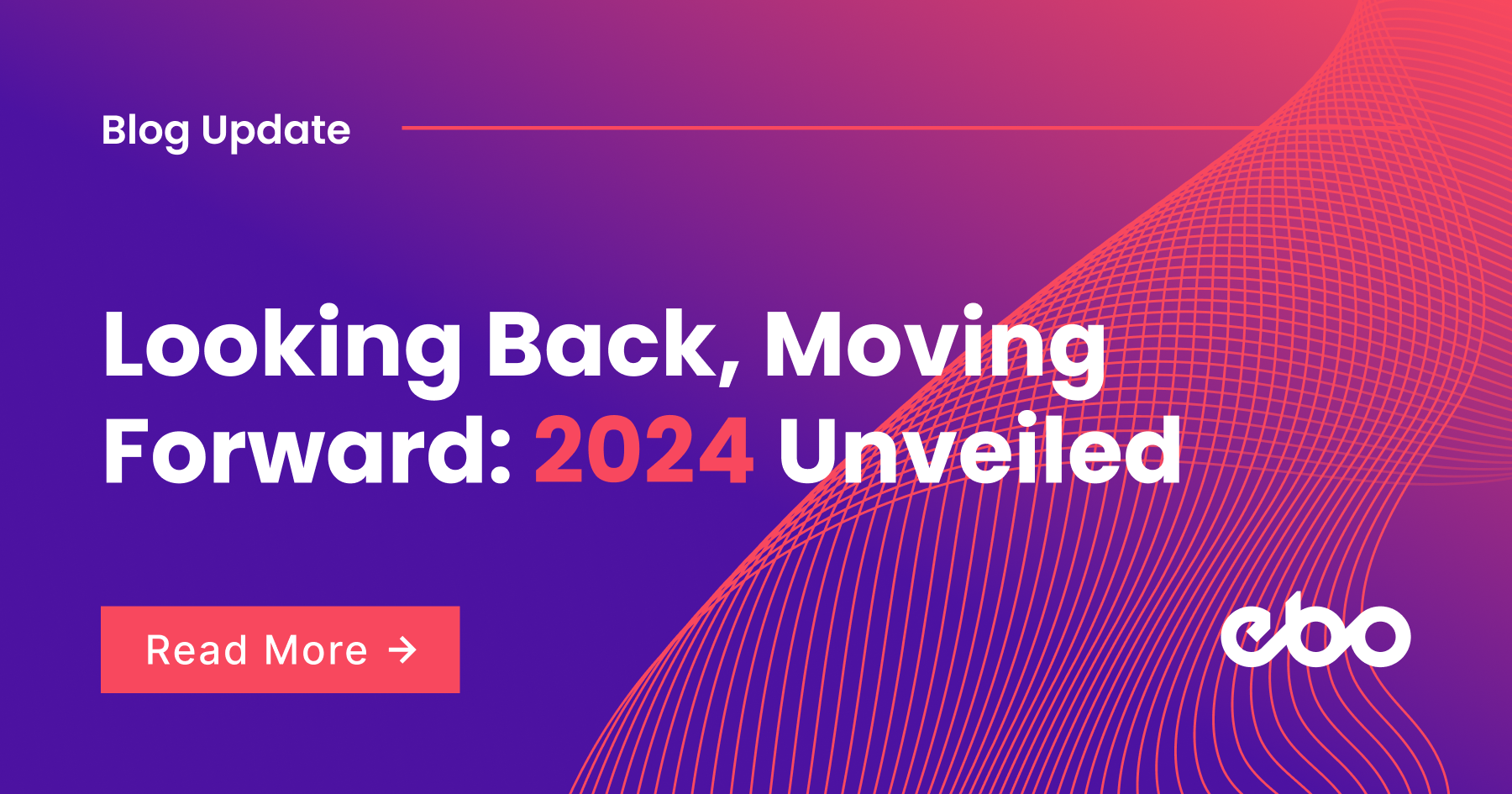Reading recently about American and Chinese efforts to create a shape shifting robot, with apparent success, combined with the sweeping advances in AI with developments such as ChatGPT, there is much speculation about whether we are seeing the apocalyptic creations of sci-fi writers coming to fruition. Perhaps we’ve become so mundane in our vision that innovators are thumbing through any old sci-fi novel for the next ground-breaking offering. I jest, of course, as whilst we are enthused and threatened (depending on your viewpoint) by these innovations we really are seeing a pragmatic shift in the use of technology to deliver benefits. All of this at a time when we are experiencing great challenges in delivering services with finite resources.
Enter the bot, Artificial Intelligence in healthcare, and automation.
I must admit though that when chatbots first appeared on our screens I ignored it. It took 20 minutes of me being on hold, huffing at the phone one day for an answer to a simple question that pushed my wife to say, ‘get on the website and click the chat button, you dinosaur’ before I put my pride aside and acknowledged the insistent, yet friendly bot. Two minutes later and oh the joy, the rapture of being freed from the shackles of an outdated communication channel that feels like it should be left in the history books along with aqueducts, bevelled roads and the abacus. The truth is, it takes a positive experience to make technology acceptable and encourage users to change their behaviour.
The truth is, it takes a positive experience to make technology acceptable and encourage users to change their behaviour.
Understanding the needs and capabilities of staff and patients
Over the years I’ve worked with many NHS health professionals, Community Nurses, health visitors, CMHTs in seeking to understand the daily challenges (and appropriate solutions) to delivering care. In community care I’ve often been confronted with various NHS digital solutions and devices which should be delivering huge benefits to clinical capacity and ultimately patient outcomes – but are not.
When we dig a little deeper, we often find these devices nestled in drawers and cabinets, redundant before they’ve had a chance to deliver the intended benefits. The reasons are predictable. ‘Because it doesn’t get a signal.’ ‘It takes longer.’ ‘It doesn’t always work.’ ‘Not everyone knows how to use it.’ ‘We don’t see the point or the benefits.’
Unless a solution is closely managed and supported throughout the exploration and development stage to deployment and beyond, it’ll depreciate faster than a Sinclair C5 in a Svalbardian winter. As exciting and sexy that a digital solution may be, we will only see the benefits being realised if we factor in the processes and systems we use and integrate with to manage it, and the behaviour of the people using and managing it.
Technology – powered by people.
However, we also find that the greatest challenge to exploring and developing new and innovative solutions, aside from funding, is resource. IT departments, digital teams, clinical and operational leads are facing increasing pressure just keeping the wheels turning on the daily stuff and unless innovators offer a solution that is fully supported by digital, operational and change management resources, the solution becomes a distraction. We will struggle to make progress if stakeholders picture more technology sitting in drawers and cabinets. So, how do we provide assurances that we have the necessary resources to deliver a sustainable and measurable solution for digital teams, healthcare systems and most importantly patients, without affecting the daily stuff – and at the right cost?
Join EBO at our next virtual event for an introduction to implementing conversational AI as part of your NHS Trust’s digital transformation journey. We’ll be covering practical examples of how EBO is helping health providers through a clever combination of super-intelligent chatbot, robotic process automation (RPA) and AI. We’ll be discussing how we’re providing not only the necessary resources, but also the funding to allow innovation to continue. Register here.
Author: Neil Taylor, Senior Healthcare Consultant, EBO



